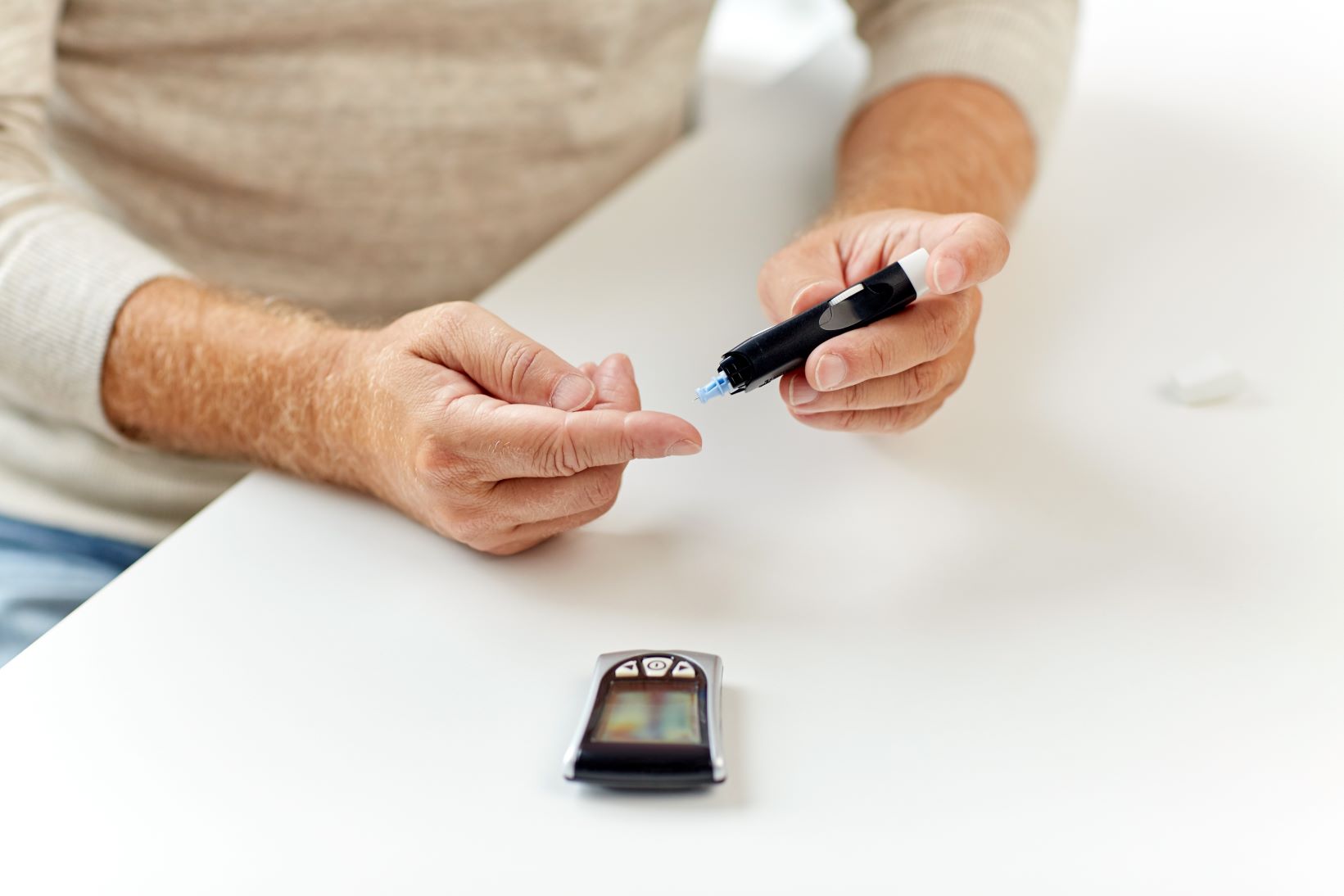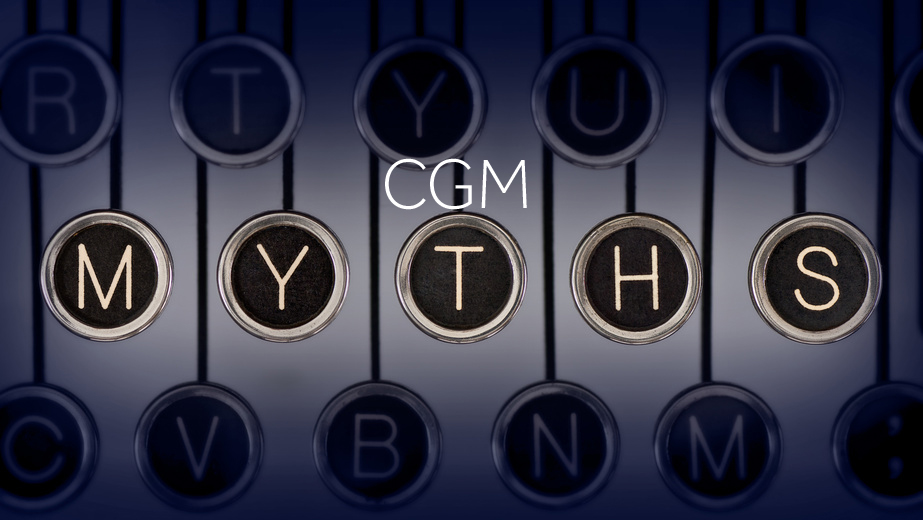Diabetic neuropathy: How to manage nerve pain

Diabetic neuropathy (DPN) is one of the more common complications that can arise from living with diabetes. According to the American Diabetes Association (ADA), diabetic neuropathy affects nearly half of all people with diabetes. You may know it as a tingling or numbness in your extremities, but many types of neuropathy affect people with diabetes every day.
The good news is there are effective treatment and prevention options for people with diabetes impacted by diabetic neuropathy that will likely be familiar to anyone who practices diabetes self-management.
Symptoms
While the specific symptoms common to diabetic neuropathy change depending on the type, people with diabetes typically experience numbness and pain in their feet and legs. This happens when your blood sugar is high for extended periods of time.
High blood sugar, along with triglycerides (a kind of fat) in your bloodstream, damages the nerves in your body — starting with your extremities. This combination can also damage small blood vessels that deliver nutrients and oxygen to your nerves. In the end, this nerve damage usually causes the symptoms that people with diabetes can expect from diabetic neuropathy.
Types of diabetic neuropathy
There are four types of diabetic neuropathy representing specific areas affected by nerve damage. These include the following:
1. Peripheral neuropathy
Also known as distal symmetric peripheral neuropathy, this is the type of neuropathy is most common to people with diabetes. It is defined by numbness and an inability to feel pain, starting with the feet and legs. This can lead to tingling or burning sensations and cramping as well as an increased sensitivity to touch. The resultant numbness can decrease awareness to sores/cuts/etc on the feet and leave them unnoticed. This may lead to infection which can easily spread and worsen.
2. Cranial or peripheral mononeuropathy
This type of neuropathy is unique in that it affects only a specific nerve in the body. It’s also referred to as focal neuropathy. This type often appears in your hands or head and can even result in Bell’s palsy, a temporary paralysis of one side of the face. Some patients may notice difficulty focusing or have double vision.
3. Autonomic neuropathy
A kind of diabetic neuropathy that impacts the nervous system, this type of nerve damage can cause issues with multiple organ systems, potentially affecting the bladder, intestines, heart, and sexual organs. People with diabetes should know that autonomic neuropathy can also result in lowered hypoglycemic awareness, making it difficult to know when you are experiencing low blood sugar.
4. Proximal neuropathy
Sometimes called diabetic amyotrophy, proximal neuropathy describes nerve damage that affects the buttocks, hips, legs, thighs, abdomen, and chest. It can cause thigh muscles to shrink, create difficulties standing up and lead to severe pain in affected areas.
Prevention and treatment
The first thing you should do if you experience any of the symptoms common with the four types of diabetic neuropathy is to contact your doctor, especially if you have any of the following:
- Cuts or sores on your feet that won’t heal
- Burning, tingling, or weakness in the hands or feet that limits your ability to function
- Fainting and lightheadedness
- Noticeable changes in sexual or digestive functions
Spinal cord stimulation (SCS) therapy
If you’re experiencing severe pain, spinal cord stimulation (SCS) may be an option. SCS is a non-opioid, FDA-approved way to manage chronic pain that may be caused by DPN. Spinal cord stimulation works by disrupting the pain signals traveling between the spinal cord and the brain. Learn more about SCS therapy.
Diet and exercise for blood sugar control
You can also take steps to limit the damage caused by neuropathy or prevent it entirely. Maintaining a healthy blood sugar level through diet and exercise is typically the most effective strategy to keep nerve pain at bay. Closely tracking your blood sugar and making the necessary changes to keep it in a healthy range by adjusting your treatment or diet should also help prevent nerve damage.
The earlier you can detect neuropathy, the earlier you can craft a plan to stop it, so go to your screenings and keep your doctor informed of new symptoms. The ADA recommends people with diabetes receive regular screenings for neuropathy starting immediately after diagnosis. If you have never been screened for neuropathy, today is the best time to start.



